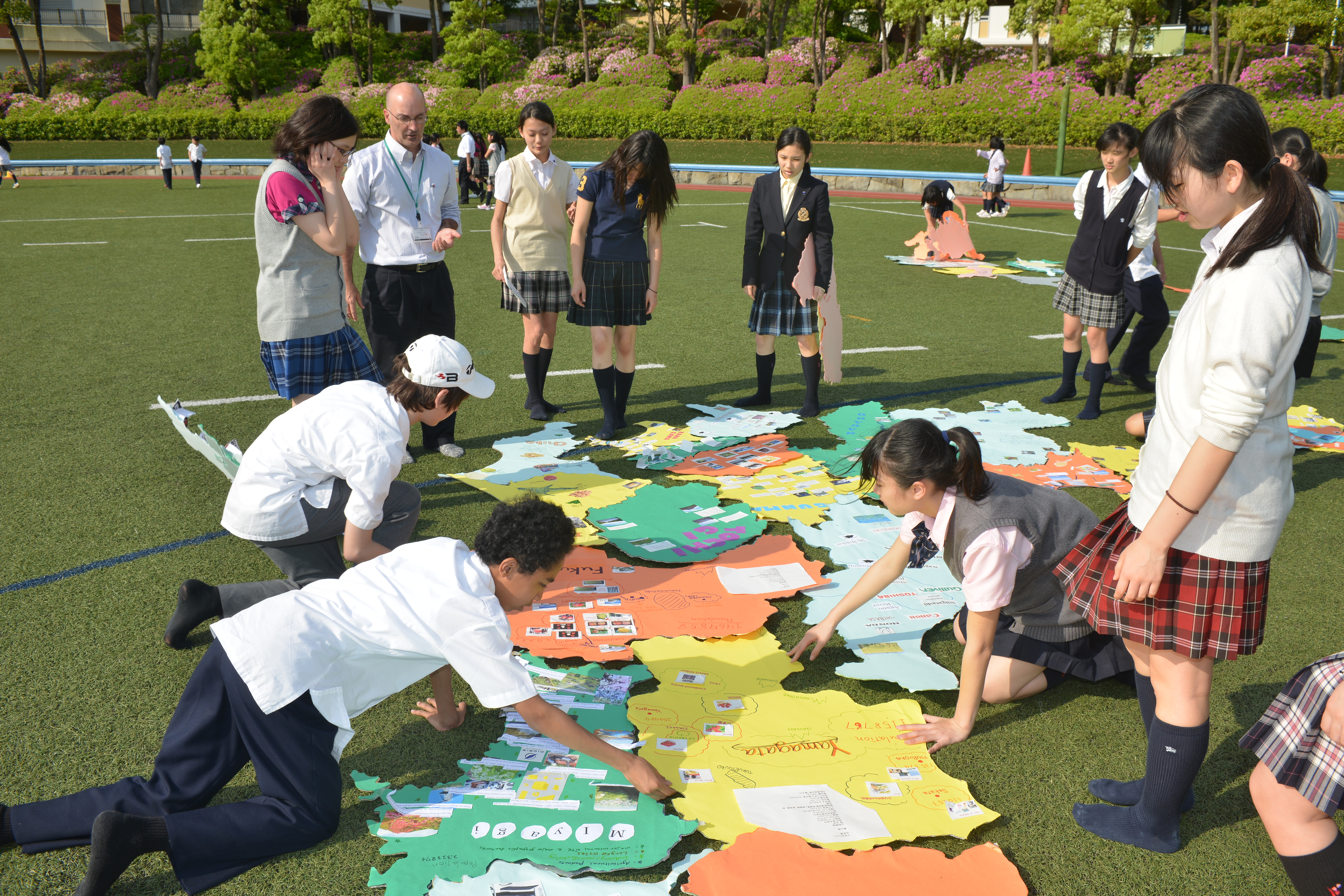Globalization and increasing pressure ahead of the 2020 Tokyo Olympics were among the tailwinds buffeting education in Japan over the past year, with shifting demographics and a surprise snap election among the headwinds slowing things down.
On the globalization front, 2014 saw its share of the perennial grumblings about the scope and pace of English-language education reform. At present, English is offered to children once a week from elementary grade-five level, increasing to four times a week from junior high. However, an English-language reform committee set up by the Ministry of Education, Culture, Sports, Science and Technology (MEXT) came up with a number of recommendations this year about how Japan can do better — namely, by elevating the importance of English listening and speaking; starting English in grade three of elementary school and making it a formal subject by grade five by 2020; modifying English assessments on high school and university entrance exams; and improving teacher training and classroom instruction.
MEXT also conducted a survey of students that revealed elementary students enjoy English language education more than their junior high school counterparts, and that students who started learning English younger perform better in Japanese-language arts subjects as well. Meanwhile, though there was a steady decrease in the number of government-sponsored assistant language teachers (ALTs) in the decade prior to 2011, there has been a steady increase since, with the number now sitting at just under 4,500 participants, representing 42 countries.


















With your current subscription plan you can comment on stories. However, before writing your first comment, please create a display name in the Profile section of your subscriber account page.